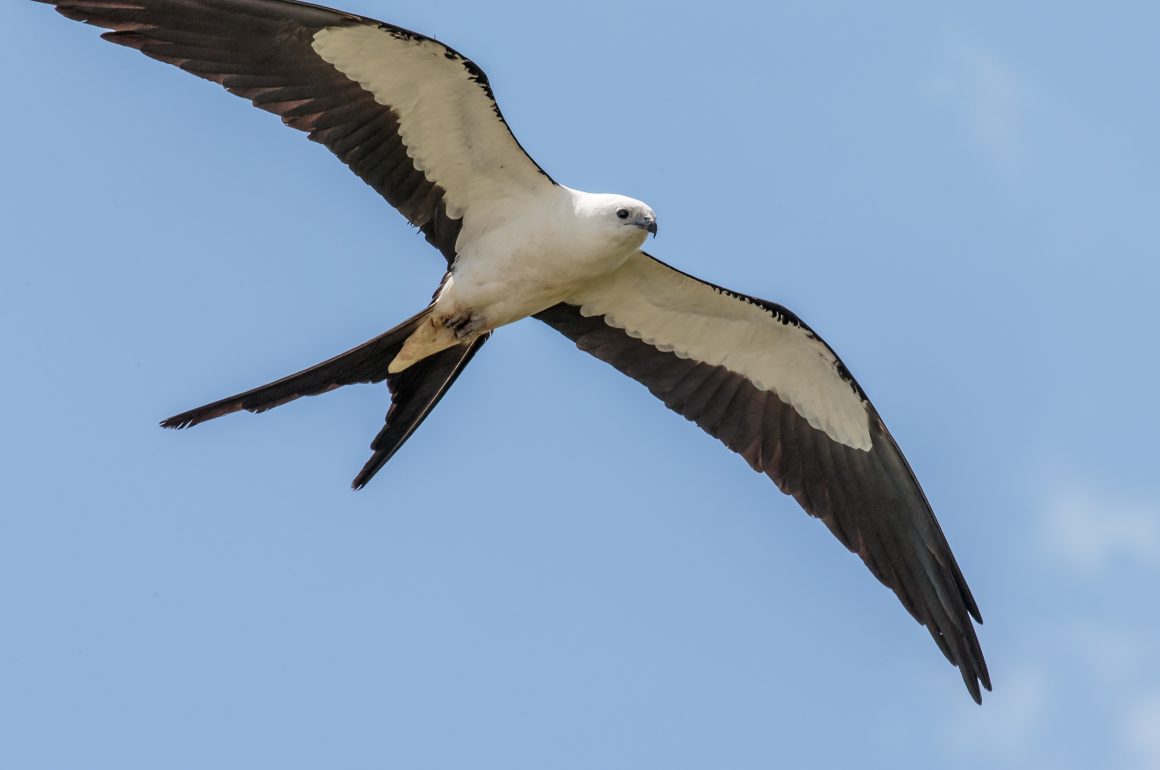
The Red-Shouldered Hawk was soaring through the sky on a beautiful, winter morning. Suddenly, a white raptor dove at it and the hawk had to take defensive action. The Swallow-tailed Kite (pictured above) was announcing its presence for another season at Audubon’s Corkscrew Swamp Sanctuary in Southwest Florida.
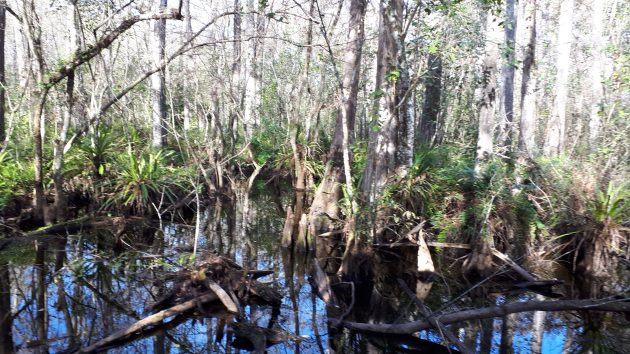
Corkscrew Swamp’s famous bald cypress trees
Corkscrew Swamp serves as a gateway to the Western Everglades environment and ecosystem. The sanctuary’s boardwalk takes you through a variety of habitats including wetlands, wet prairie, and the largest remaining virgin bald cypress forest in the world. There is so much to experience there, which makes it my absolute favourite birding destination in Florida. I usually go to Corkscrew once a month during our stay. In this blog, I’m writing about my mid-February visit with my husband.

Male Painted Bunting
I like to get there earlier in the day, because it is quieter and there are fewer people around. The birding starts as you exit the visitor centre. Bird feeders are set up near the start of the boardwalk. They attract everyone’s favourite bird: the colourful Painted Bunting. We saw two males and a female, plus two female Indigo Buntings. A Mourning Dove and a Common Ground-Dove kept the area under the feeders clean.
Entering the wooded area this year, I noticed the water level was much lower than last year, which was very wet. Winter is usually the dry season in Florida. Lower water levels mean you have the chance to see more of the vegetation below the boardwalk. A docent showed us the poisonous Water Hemlock plant. As you continue along, you encounter the bald cypress trees, many of which are named after notable people who had been involved with the sanctuary. The trees are covered and crowned with vines and air plants. The wetlands and these trees are what make it such a great place for birds and animals.

Male Northern Parula
The Blue-gray Gnatcatchers, Palm and Yellow-rumped Warblers were joined that morning by an influx of Northern Parula Warblers. The parulas seemed to be everywhere and the woods were filled with their songs. Also, I saw Black-and-White and Pine Warblers. A Northern Waterthrush sang beneath the boardwalk. A Blue-headed Vireo was gleaning insects nearby. A Barred Owl’s call boomed through the woods.

White Ibis walking by alligator flag plants
There were not as many waders as I expected with the lower water levels. We still saw Great Egret, Green Heron, White Ibis, Limpkin, and Great Blue Heron. A Yellow-crowned Heron was perched on a branch in a ray of sunshine. It snoozed while people admired it. A Belted Kingfisher zoomed past.
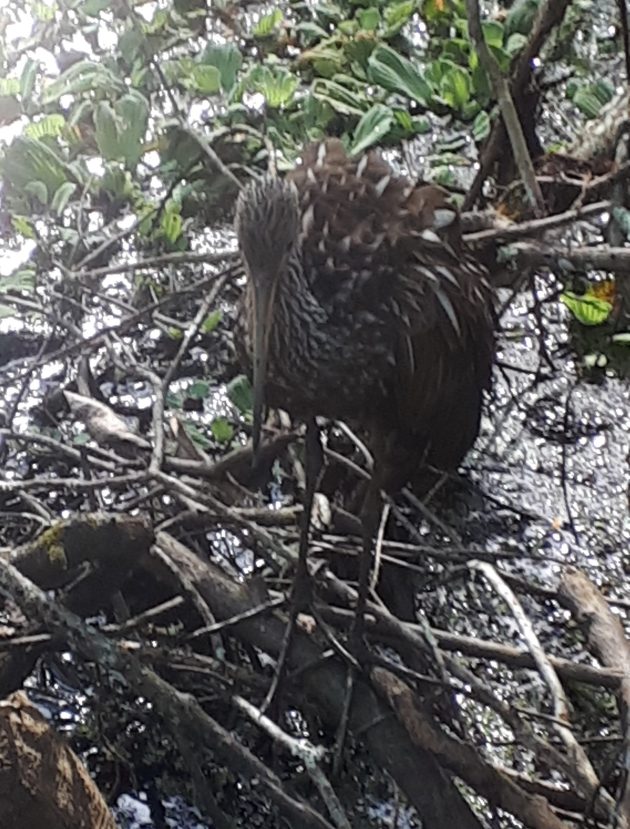
Limpkin standing in front of pond lettuce
If you like critters, we saw young alligators and gray squirrels. Water Moccasin snakes, turtles, anoles, and Blue-tailed Skinks can be found there. River Otters live in the sanctuary. They sometimes even come onto the boardwalk. They were reported on the day of our visit, but we missed them. I have seen them, up close, other years.
Now you know why I returned for another visit in March, where I saw more birds and the young of animals. Finally, I got to experience the beauty of the cypress canopy as it bursts with green needles, shading the boardwalk below.
Note: The Ibis, Limpkin, Corkscrew Swamp photos by Leslie Kinrys. The Swallow-tailed Kite, Painted Bunting and Northern Parula are from Wikipedia Commons, an online source of copyright-free photos (Painted Bunting by Andrew C.; Swallow-tailed Kite by Andy Morffew).

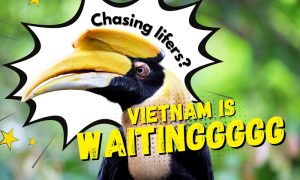
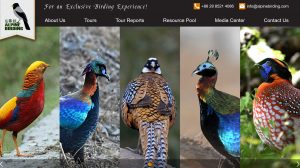
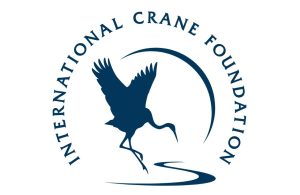
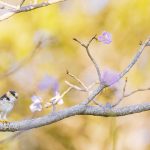
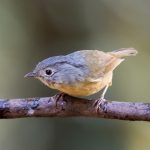

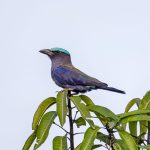
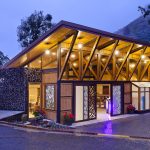
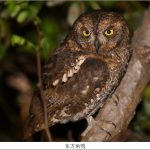
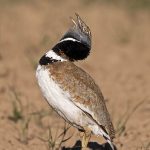
Sounds like bird paradise. The Swallow-tailed Hawk and Painted Bunting are superb.